A New Era of FPV Racing
The DJI Digital FPV System features DJI HD Low Latency FPV Transmission. This redefined technology was designed to heighten your FPV experience. Pilots can race more smoothly with a latency of within 28 ms while enjoying a crystal-clear view.
Clearer Viewing Options
In Focus mode, most of the bitstream is placed at the center of the video when signals worsen, providing a clearer FPV experience.
Stable and Clear Video Transmission
Most pilots rely on analog video transmission, which can result in poor image resolution and signal interference. On the contrary, DJI’s new digital transmission solution ensures a smooth flying experience with a consistently stable signal connection.
Innovative Design
The DJI FPV Goggles are light, comfortable, and equipped with incredible features, such as multi-antenna technology for stable video transmission. It also includes two screens and two user-friendly channel adjustment buttons, creating an engaging FPV flying experience for the user.

Omnidirectional Antennas
Convenient Channel Control
Immersive Experience
Designed for Comfort
The DJI FPV Goggles has four omnidirectional antennas that support left-hand circular polarization, strengthening signal receiving and communication between DJI FPV Goggles, RC, and Air Unit. [8]
Two durable and user-friendly channel adjustment buttons provide pilots and spectators with the convenience of changing frequency channels faster.
Enjoy an engrossing viewing experience that places you in the center of a fast-paced FPV racing world.
An industrial design makes the DJI FPV Goggles comfortable to use, even for those who wear glasses. DJI also offers custom-made myopia lenses for users with nearsightedness.[9]
DJI FPV Air Unit
1080p Aerial Recording
The DJI FPV Air Unit elevates your flying experience with modern innovations, like a strong transmission system, embedded remote controller receiver, and multi-antenna technology.
8 Channels, 8 Drones
The DJI HDL FPV Transmission system and the DJI FPV Air Unit are equipped with eight frequency channels, which allow up to eight drones to fly simultaneously. Each operator has an exclusive channel. This helps to reduce cross-interference and provide an optimal racing experience.
1080p Aerial Footage
The DJI FPV Air Unit records videos at 1080p/60fps during flight, providing pilots with smooth and clear aerial footage.
Embedded Remote Controller Receiver
Users can wirelessly connect their DJI FPV Air Unit to the DJI FPV Remote Controller without having to purchase additional receivers. This reduces flight preparation time significantly.
Multi-Antenna Technology
The DJI FPV Air Unit has two antennas, both of which are receivers and transmitters, ensuring broader signal coverage for reliable image transmission.
DJI FPV Remote Controller
Integrated Control
The DJI FPV Remote Controller connects quickly to the DJI FPV Air Unit and DJI FPV Goggles for fast takeoff. Additionally, its high-capacity battery ensures a longer usage time and a better flight experience.
Integrated System
The DJI FPV Remote Controller’s integrated software allows users to remotely set parameters for DJI FPV Goggles, the DJI FPV Air Unit, and the DJI FPV Camera, increasing stabilization and reducing operational errors.
Improved User Experience
With two adjustable control sticks and an ergonomic design, the DJI FPV Remote Controller has incredible grip and provides strong controller responsiveness.
7ms Low Latency
The latency of other RC’s is often 14-28 ms. However, the latency between the DJI FPV Air Unit and the DJI FPV Remote Controller can reach 7 ms, allowing pilots to send flight commands faster and complete difficult aerial stunts.
4km Control Distance
During drone operation, the DJI FPV Remote Controller can control the DJI FPV Air Unit for up to 4 km, allowing pilots to fly farther.
DJI FPV Camera
Dynamic Filming Capabilities
The DJI FPV Camera has a 150° ultra-wide-angle lens for an expansive field-of-view. Pilots can also select from three camera modes to overcome challenges in different flying scenarios as well as adjust screen brightness and saturation to obtain a vivid image.



Standard Mode
Standard mode reduces color loss and preserves more original details, improving daytime image quality.
Racing Mode
In Racing mode the image contrast increases, helping pilots to distinguish obstacles throughout the course.
LED Mode
LED mode increases the color saturation on LED lights and reduces noise during night races, allowing pilots to track the location of their air units easily.

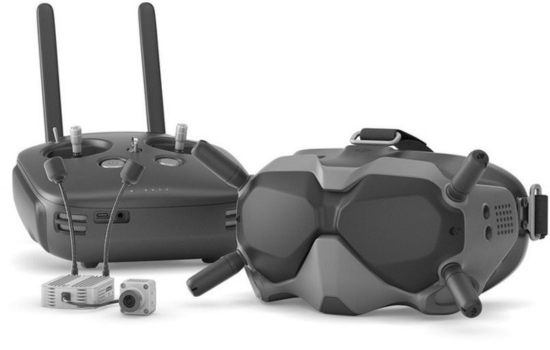
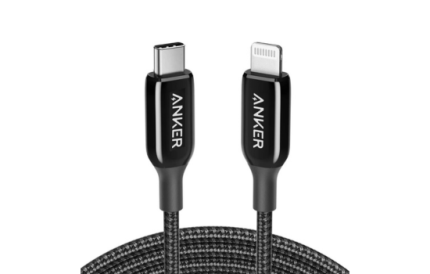
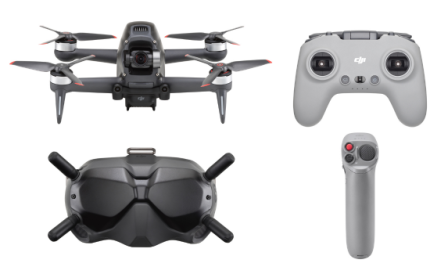



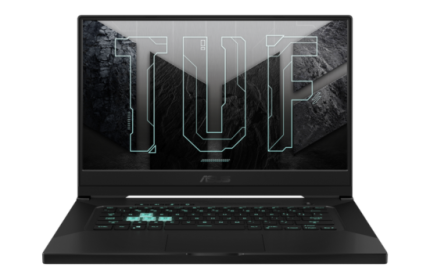

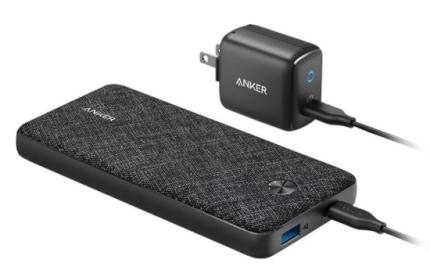

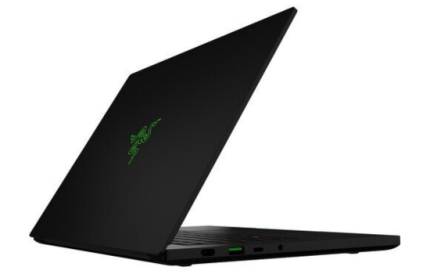
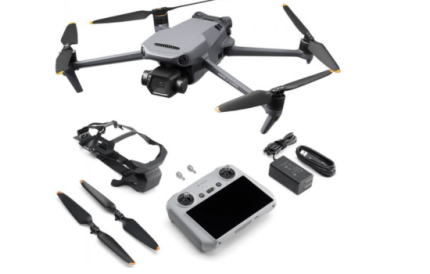
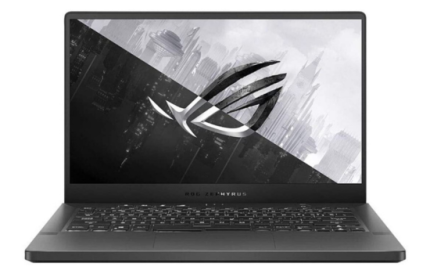
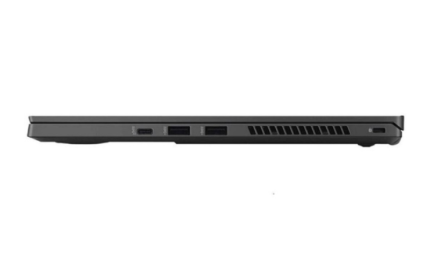

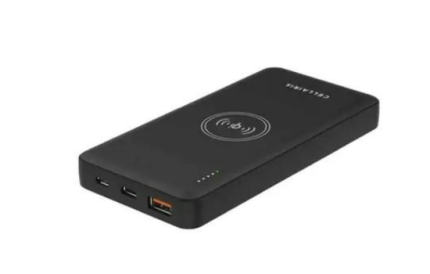
Reviews
There are no reviews yet.